To expand on Tony's and Andy's answers: Let's do a prime factorization of your frequency:
$$ 27095000\,\text{Hz} = 5419 \cdot 2^3 \cdot 5^4 \,\text{Hz}$$
Square waves have every odd multiple of their fundamental frequency as a spectral component. Now, we only have two different odd prime factors here, and we surely won't be using the 5419th harmonic (since that will practically not exist), so what you'd most likely do if digitally generating this is taking the fifth harmonic of a
$$ 5419 \cdot 2^3 \cdot 5^3 \,\text{Hz} =5419 \,\text{kHz} $$
square wave.
However, it's slightly questionable you'll find an oscillator that will readily run at a multiple of 5419 Hz, so it's not like you could simply run counter on a microcontroller.
From the top of my head, 5419 is really an awkward prime factor, since it's far from any power of 10 or 2.
You're mostly stuck with frequency synthesis by other means.
Easiest, and probably cleanest, would be having a clock synth IC that supports fractional-N synthesis with a wide range of factors. Again, it's pretty possible you'll never be able to perfectly hit your target frequency going from a common nominal oscillator frequency, but you just need to get close - nothing is perfect in this world, and an RFID system will never need atomic clock precision, or even assume a comparable short-term stability.
Another option: generate a \$5419\cdot 5^3\,\text{Hz}\$ sine (that's ca. 677.3 kHz) in software, by using sin/cos (or, depending on a lot of things, CORDICs etc) mathematically. That would mean that the period of the digitally calculated tone wouldn't have to be a (small) multiple of the clock period of your MCU. Convert to analog using some DAC (you'll need one with at least ca. 1.5 MHz sampling rate) and get the 8th overtone of that; frequency doublers can be relatively simple to build (coupling C -> diode -> simple filter).
I think the most important takeaway from your question is, however: In technologically "non-trivial" situations like these, it becomes very necessary to know one's requirements well. You didn't say what kind of frequency precision you need! I'd personally assume that something like 25ppm wouldn't be any problem, and then you'd just use a slightly different frequency with much much nicer prime factors.
 Can I use the block diagram shown above? If yes, where can I get the 27.095MHz signal source?
Can I use the block diagram shown above? If yes, where can I get the 27.095MHz signal source?